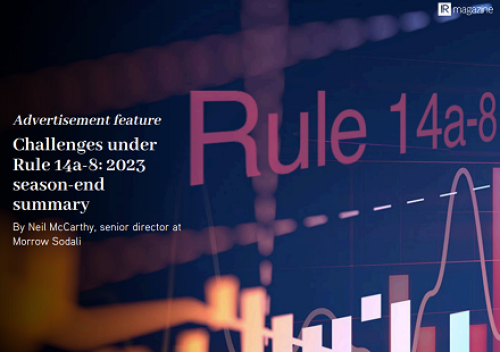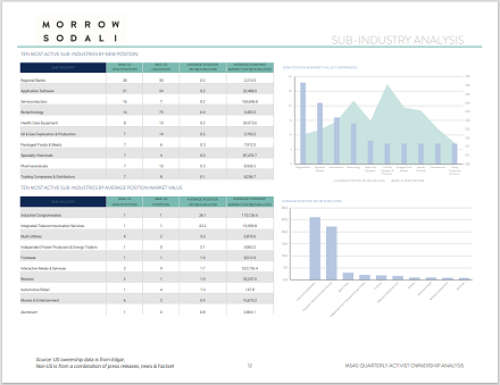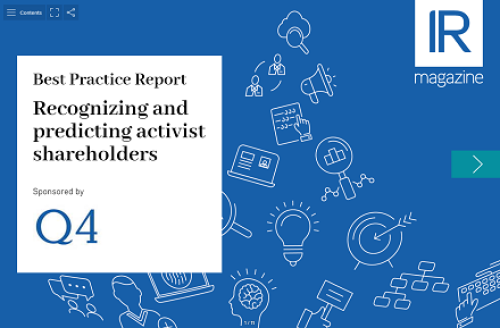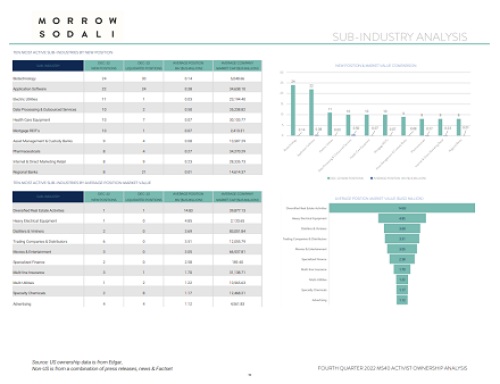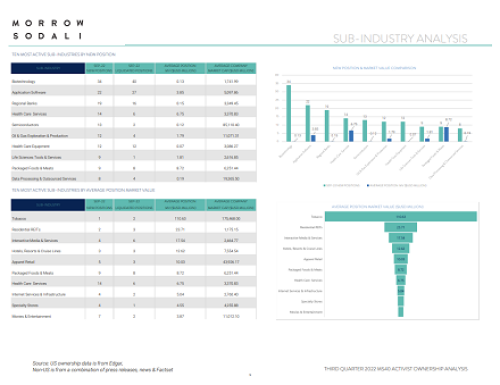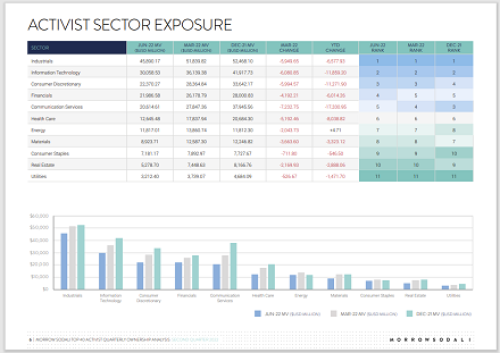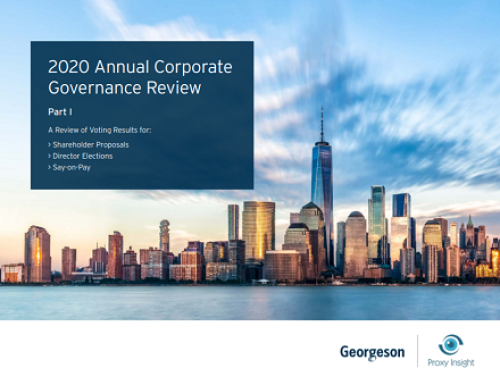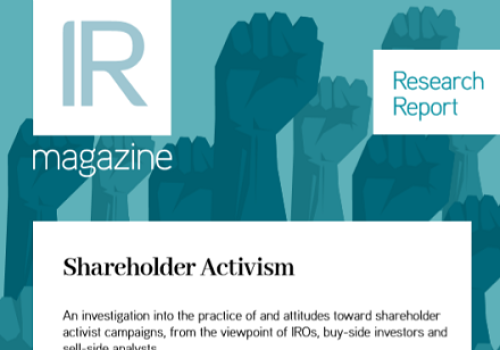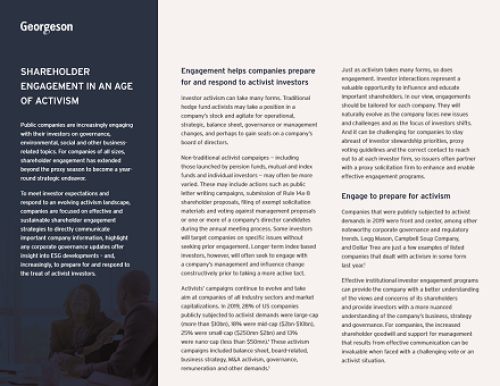Activist investors are a plus for firms they target – not just for days but for years, new research finds
Are activist investors mainly out to make a fast buck or are they a long-term plus for the companies they target? A paper that can lay claim to being the largest and broadest investigation of this hotly debated issue finds the latter to be generally the case.
Presented this month at the annual meeting of the American Accounting Association in New York, the study by Edward Swanson and Glen Young of Texas A&M University, essayed the largest sample of activist events yet examined – some 5,000 initiatives over 21 years. They report that the interventions not only occasioned a short-term boost in stock price but, on average, superior stock performance and strengthened company fundamentals over the long term.
In all, the study embraces 4,870 activist campaigns involving 2,652 unique firms, with the researchers monitoring indicators from two years before interventions to two years after. Most of the sample came from activism-monitoring website SharkRepellent.net. Ironically, the activists turned out to be less like sharks than friendly dolphins.
The paper could prove timely, with Congress considering legislation, the Brokaw Act, which includes regulations favored by activist critics. Further, presidential hopeful Hillary Clinton has taken aim at ‘hit-and-run activists whose goal is to force an immediate payout’.
Here are some of the findings
Stock performance: From the month before initiative announcements until two years after, cumulative market-adjusted returns averaged about 10.6 percent overall – 21.6 percent for campaigns aimed at selling all or part of the target companies and 9.6 percent if the purpose was something else (such as a change to company strategy or board composition).
Analysts: Buy recommendations by stock analysts fell from 54 percent of recommendations two years before campaign announcements to about 42 percent at the time of announcements, then rose slightly to about 44 percent a year later. Importantly, however, buy recommendations rose again to around 49 percent a year after that. In contrast, a group of untargeted firms similar to the target companies (in other words, matched controls) remained at about 50 percent over the entire four-year period.
Short sellers: Short interest in targeted firms, reflecting doubts about valuation, was about 4.7 percent at the time campaigns were announced, not significantly different from the 5 percent in the control group. Two years later, short interest in the targeted firms had fallen to less than 4.1 percent, compared with 4.6 percent for the controls.
Institutional investors: Targeted companies experienced a sharp decline in ownership by transient institutional investors (those with high portfolio turnover and highly diversified holdings) from a mean of about 16.7 percent at the time of campaign announcements to about 14.8 percent two years later. Ownership by dedicated investors, with long investment horizons, rose from 10 percent to about 10.6 percent. In sum, three types of informed investors exhibited optimism about target companies a full two years after activist interventions.
Firm fundamentals: Finally, company fundamentals improved significantly over the long term as well. Swanson and Young employed F-scores, consisting of nine accounting measures that capture profitability, changes in leverage and liquidity, and changes in operating efficiency. Each of the nine scores firms receive is classified as good, for which it receives one point, or bad, for which it receives zero.
In the two years before activist events, the F-scores of targeted firms dropped from a mean of 4.36 to 4.13 from which they proceeded to rise in the succeeding two years to 4.43, patterns the authors term ‘inconsistent with activism inducing short termism at target firms’.
Ben Haimowitz is a public relations consultant and writer based in New York

